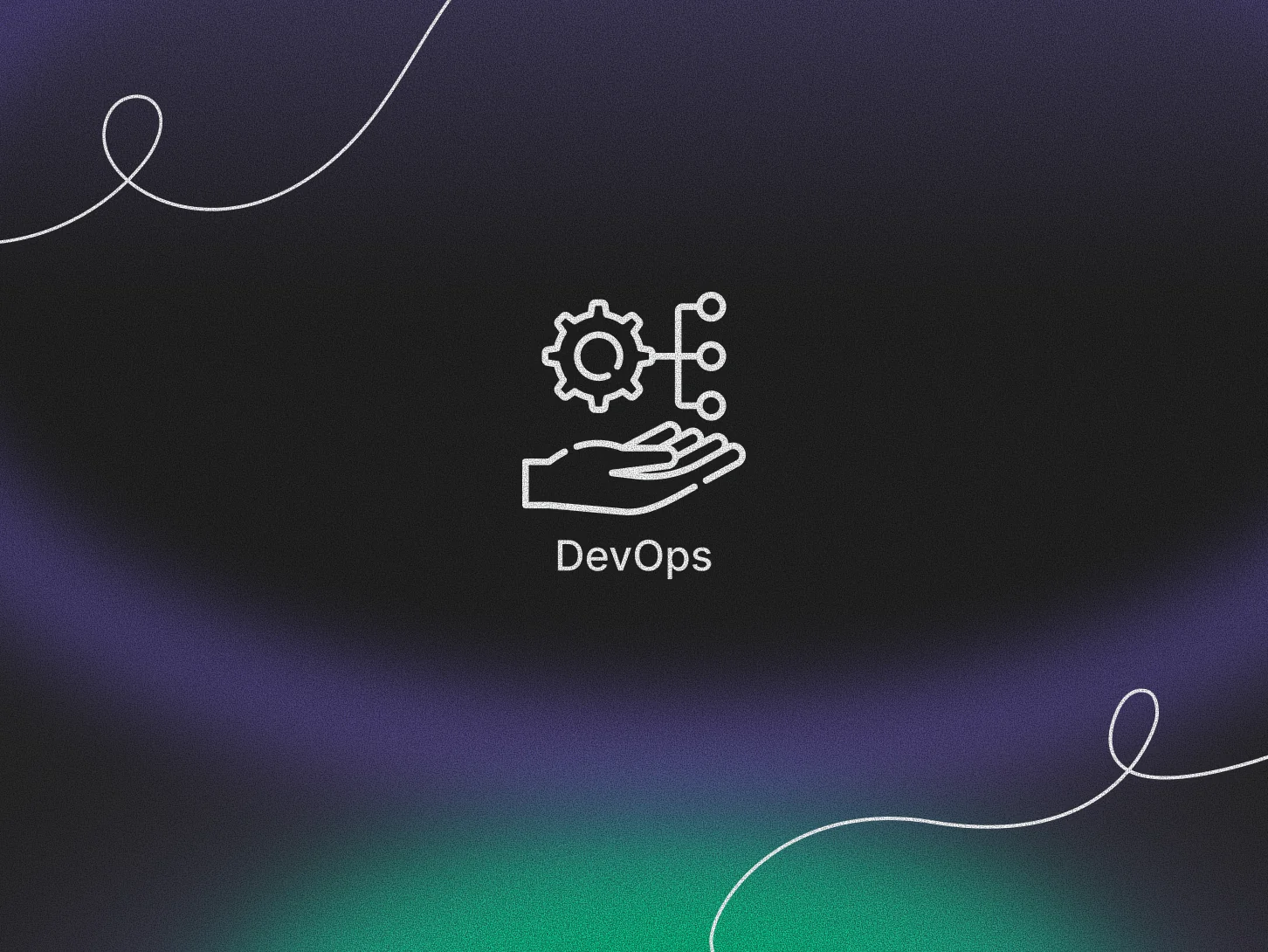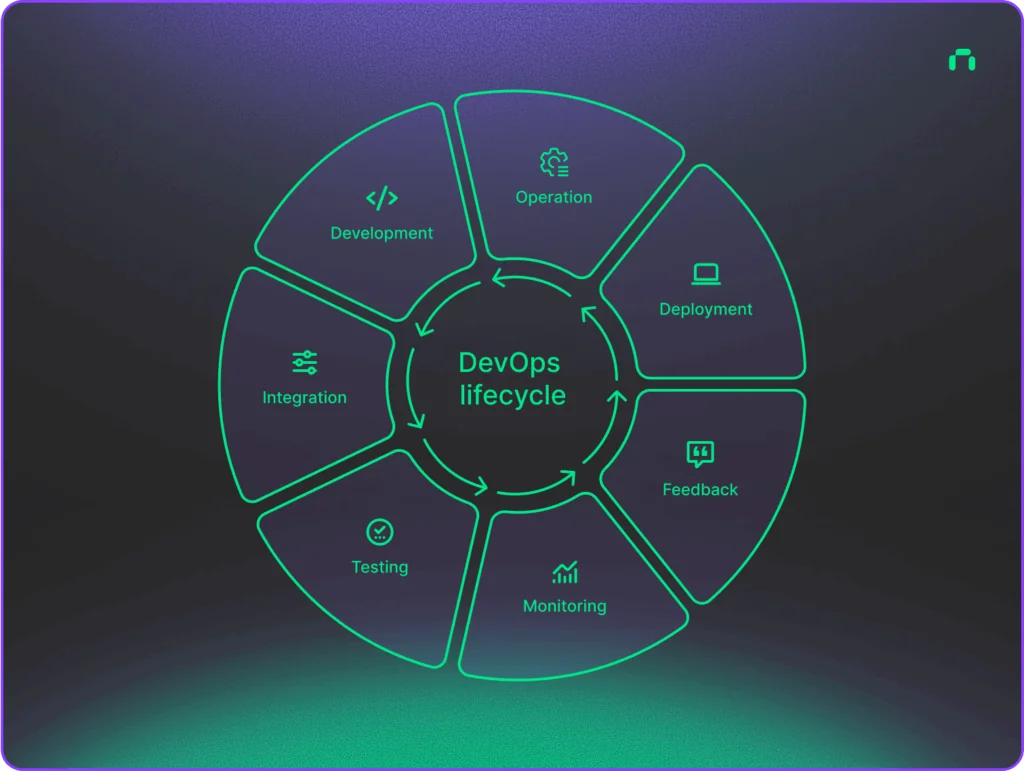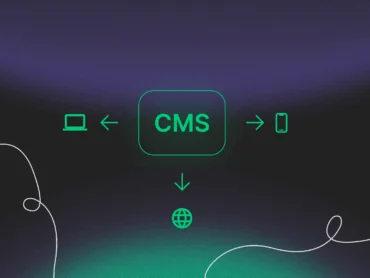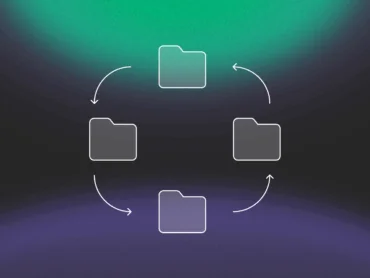DevOps & WebDev under one roof – what our clients gain by optimizing infrastructure with us

DevOps isn’t just a good practice – it’s a mindset. Code doesn’t end its life once it’s pushed to production. That’s when its life begins. That’s where it starts to dance – monitored, scaled, and continuously improved.
In this article, we show how DevOps makes a real difference in our projects: by sharing real examples where speed meets stability. We also explain why collaboration between web developers and DevOps engineers matters more than any framework.
WebDev & DevOps hand in hand
Imagine an orchestra where every musician plays solo – no conductor, no shared score. For years, that’s exactly what IT looked like: developers built things, operators maintained them, and between the two sides stretched a deep chasm of misunderstandings, deployment errors, and endless “not my fault.”
Then came the DevOps culture. Today, DevOps is no longer seen as a tool or a trend – it’s the result of a cultural awakening in IT. Instead of separation – shared responsibility. Instead of manual firefighting – automation. Instead of a rigid wall between development and operations – fluid dialogue, a shared mission, one team.
And that makes all the difference. Not just in theory. At Ambiscale, many times a client’s decision to combine our web development services with DevOps support has directly translated into better website or app performance – and ultimately, measurable business improvements.
Case 1: Speed of reaction
December. An online store overwhelmed by pre-holiday traffic.
The owner calls: “The site’s struggling. Customers keep getting error messages. Adding products to cart takes forever.”
We understand the urgency. One of our engineers takes a look – the client decides to proceed. Agreements, access credentials, infrastructure details, and we’re on it.
In a test environment, we get the store under the hood: debugging, tracing, connecting diagnostic tools to pinpoint the bottleneck.
That’s always the first step – finding the real cause before suggesting “add more CPUs” or “increase RAM.”
After a few hours we identify the main underlying issue: a marketing service making requests on nearly every store query, sending data externally. Each request takes about 2 seconds, and combined with other load factors – disorganized database, unoptimized code – it creates a perfect storm.
We consult with the client, explain the cause, and decide to disable the problematic integration. The site begins to recover – not blazing fast yet, but stable.
Over the following days, we monitor the environment using telemetry tools, optimize service configurations and the database, and consult with the developer on improving critical code sections.
All this while maintaining top security, stability, and full transparency for store visitors.
Christmas saved.
Case 2: Tailored solutions
We maintain the main marketing website of one of our SaaS clients. We already know each other – the client previously chose to work with our web development team on a new website.
But besides developing new features, they had a serious issue with load balancing between the main site and the blog. For no apparent reason, the site would sometimes fail to load, returning 5xx errors.
That’s unacceptable. Such random errors can scare away potential users of the SaaS app. Even though the app itself is stable and technically separate, for the user the marketing site is part of the product experience. When it fails, users think: “Something’s off – if the website doesn’t work, maybe their service isn’t reliable either.”
Our developers were working on a new website that needed to run alongside the old one during development to ensure the service continuity. Consequently, the client decided to involve our DevOps team as well.
Understanding the client’s unique needs, our DevOps engineers – together with web developers – created a solution that intelligently routes traffic between the blog, the old site, and the new headless version we were building. The transition is completely invisible to users.
Each component’s deployment is fully automated but continuously monitored by us on dedicated infrastructure powered by the Ambiscale Cloud Datacenter.
The result? The site works fast and stable, it’s secured and monitored. 5xx errors disappeared. Now the client’s engineers can focus on their SaaS core business, while we handle the marketing site end to end. The cooperation between the client, the dev team and DevOps engineers is very smooth.
The impact? Their internal engineers are no longer pulled away by unexpected website issues.
The site runs smoothly, without negative impact on the client’s brand reputation and product perception.
Case 3: Understanding the technology
Another client runs an online news service. Ambiscale engineers had been developing the platform for several years, but we didn’t manage the infrastructure. The client was using one of the biggest and most popular shared hosting providers.
They struggled with performance issues – frequent bot attacks kept bringing the site down. Despite database optimizations, the service remained sluggish.
The hosting provider’s answer was always the same: “You need a bigger server because you have high traffic. There’s nothing more we can do.”
We couldn’t help but notice that their RAM and vCPU usage – and monthly costs – kept growing. So we proposed moving their infrastructure under our management.
After analyzing logs and metrics, we discovered that much of the traffic came from around the world – like users from Brazil repeatedly requesting the same Polish article dozens of times per minute. Clearly: bot traffic.
We launched our standard DevOps diagnostic process: Verification → Consultation → Implementation → Monitoring

Once the client approved the migration, we implemented a far more advanced caching system – both backend and frontend. Then, we configured a WAF (Web Application Firewall) to protect against common and more sophisticated bot attacks, added simple geolocation filtering to block irrelevant foreign traffic, and automatically banned repeated offenders.
The website finally breathed. No more overloads. Even with smaller infrastructure, the site runs efficiently – thanks to optimization, not brute force scaling.
And what about fancy tools?
We could list all the tools we use – from classics like Grafana, Prometheus, and Loki, through Thanos, Tempo, OTEL, Kubernetes with custom CRDs, ArgoCD, Helm, provisioning with Terraform, Ansible, Terragrunt, network policies with Cilium, HAProxy with dynamic backends, Nginx with Lua scripting, autoscaling on custom metrics, MongoDB, Kafka, Golang with gRPC, Python, Cypress, disaster recovery, GCP, AWS… deep breath – and so on.
But really – what’s the point?
DevOps isn’t about the toolstack. It’s about the mindset: to support, secure, automate, and design solutions that actually work – whether it’s scaling environments, launching new products, or hunting performance bottlenecks. That’s what we focus on.
WebDev + DevOps under one roof
Building and maintaining systems operates on many interconnected levels. The best-designed, perfectly coded website can still struggle because of infrastructure issues.
And vice versa: a service running on flawless infrastructure can still lag due to inefficient code.
They’re two sides of the same coin.
From a business standpoint, the cause doesn’t matter. What matters is: the site isn’t working as it should. Every outage or glitch – especially during checkout – damages reputation, lowers conversion and retention, and directly impacts revenue.
Each “firefighting” incident costs your internal team time, focus, and delays your business progress.
That’s why seamless collaboration between software engineers and DevOps engineers is so crucial. It enables a holistic approach – preparing your service for scaling, securing it on multiple levels, and ensuring it runs fast, smooth, and feels reliable.
And when an incident does occur, that close collaboration shortens recovery time, eliminates blame-passing, and gets you back from crisis to business as usual.


